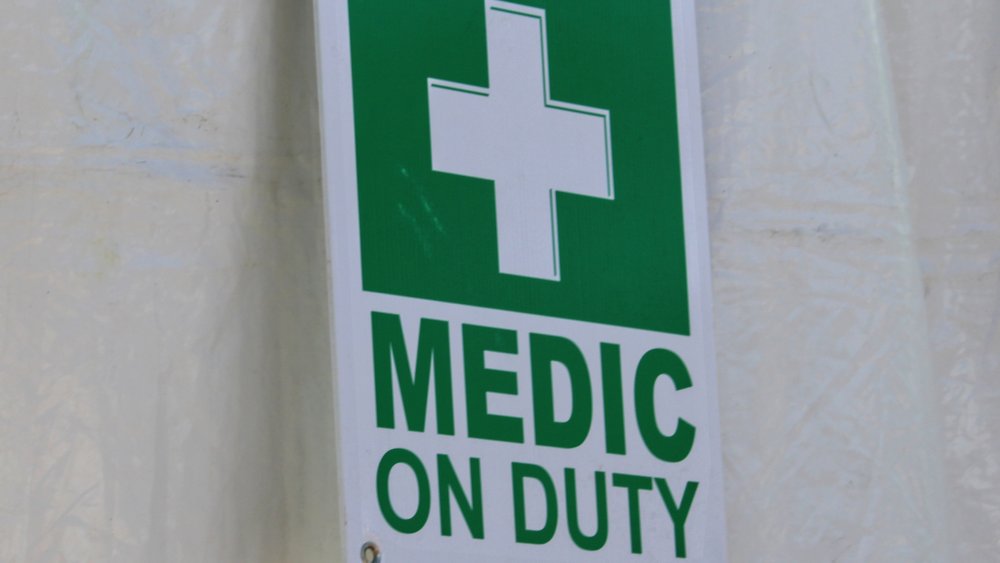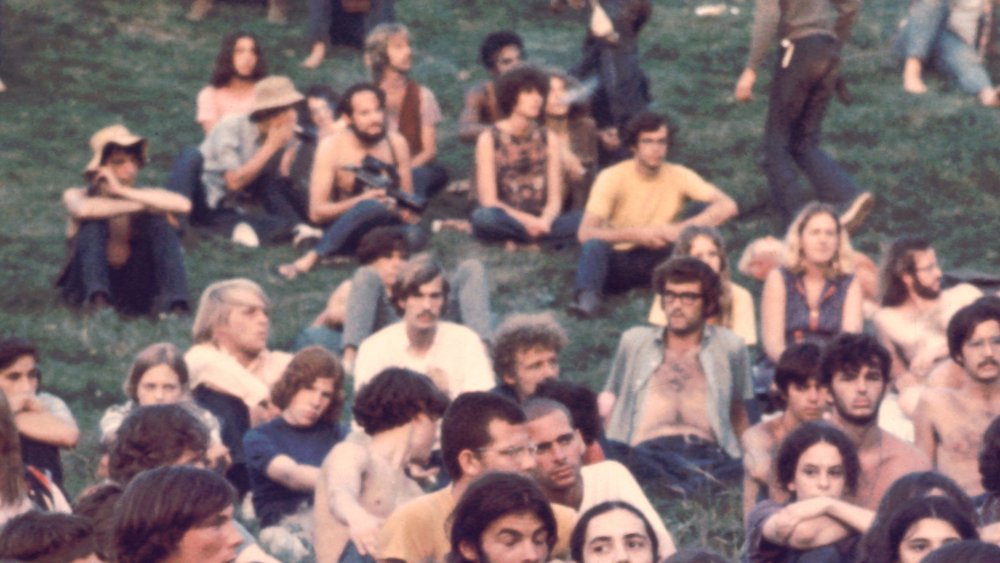The Truth About Woodstock's 'Trip Tents'
In August of 1969, an estimated 500,000 people got together in the small town of Bethel, New York, to celebrate peace and music, according to History. Woodstock was known as one of the most iconic events in music history with plenty of music, mud, hippies and, since it was the 1960s, drugs. Aside from dealing with heat exhaustion from the late summer heat, lacerated feet from walking barefoot, and even some people getting run over by tractors, the medical team had to keep up with everyone who took drugs — either too many, too much, or the shadier versions — and were expecting bad trips.
According to the Journal of Emergency Medical Services (JEMS), it was estimated that Woodstock saw "25 freak outs each hour" from festival-goers who took too much LSD. Rather than enjoying the music from Jimi Hendrix, the Grateful Dead, Crosby, Stills, Nash & Young, or The Who, many people ended up in Woodstock's medical tents, which appropriately became known as "trip tents."
Too many bad trips
To deal with these bad trips, festival promoters hired people from a nearby commune known as the "Hog Farm," since the group had prior experience treating people on LSD. While the trained medics wanted to utilize Thorazine (chlorpromazine), a potent tranquilizer and anti-psychotic, the Hog Farmers said that the best way to handle people on a bad trip was to talk them down.
The JEMS describes how personnel talked quietly with patients, constantly assuring those tripping that they weren't actually going crazy and that their trip would eventually end. "We got our philosophy into the doctors' heads, and they started treating people like we were treating people," Hog Farmer Tom Law told the JEMS.
In total, 797 "bad trips" were treated in these trip tents. Even though these patients experienced a range of reactions, from hallucinations to paranoia to anxiety and delusions, the medics, with help from the Hog Farmers, talked them down back to reality.

